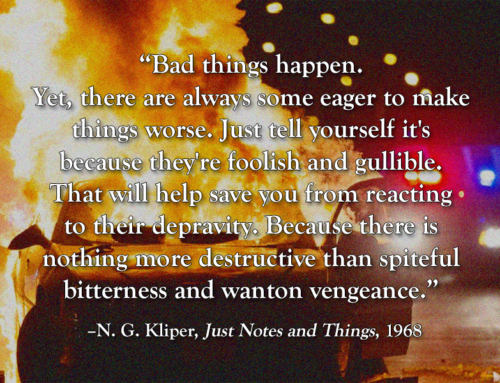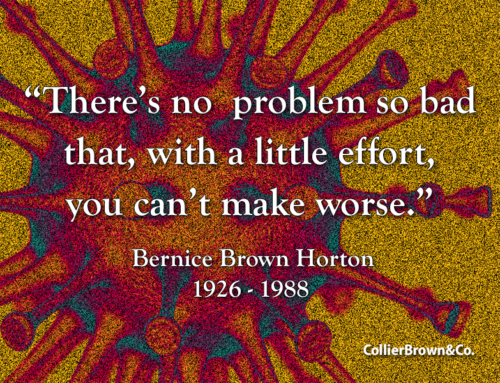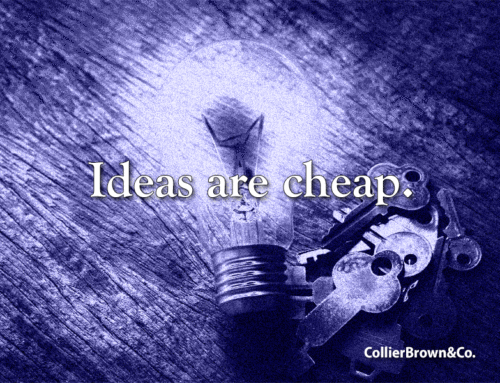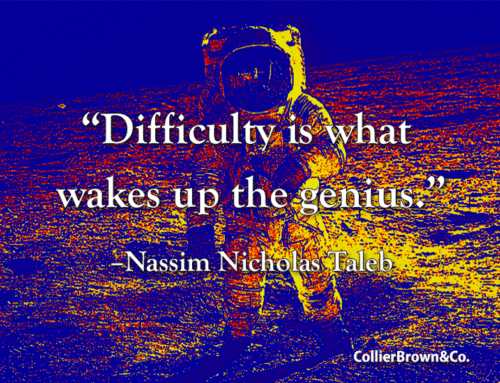“There was a time not so long ago when giants roamed the countryside. Enormous smoke-belching, fire-breathing giants that roared like rolling thunder as they tore through the night, stitching the nation together with shining ribands of steel. We called these monsters trains. Few who have heard the whistle of a speeding train in the night can ever forget that mournful sound. It was a call that spoke of faraway, often exotic places.” (From The Golden Age of Railroading)
The “Golden Age” of railroading lasted from roughly the 1880s to the 1920s before other modes of transportation (such as automobiles and airplanes) began to displace the industry as the leading means of moving people and goods. During this Golden Age there was no more powerful industry than the railroads. They had massive economic power, political power and social power.
According to Theodore Levitt in Marketing Myopia, “The railroads did not stop growing because the need for passenger and freight transportation declined. That grew. The railroads are in trouble today not because that need was filled by others (cars, trucks, airplanes, and even telephones) but because it was not filled by the railroads themselves. They let others take customers away from them because they assumed themselves to be in the railroad business rather than in the transportation business. The reason they defined their industry incorrectly was that they were railroad oriented instead of transportation oriented; they were product oriented instead of customer oriented….”
What got you here, won’t get you there.
A mismatch between your current business model and the current strategic landscape of changing customer priorities and competitive business models creates strategic risk. When there is a mismatch, value migrates to companies that have better alignment. You might want to review my previous post on the changing basis of competition. It is therefore, no stretch to say that a company’s business model must be reinvented over and over again to remain customer-relevant and to be capable of producing high levels of profitability.
By the time a mismatch shows up in your financial reports it may be too late. “The potential consequences are dire for any organization that fails to reinvent itself in time. As Matthew S. Olson and Derek van Bever demonstrate in their book Stall Points, once a company runs up against a major stall in its growth, it has less than a 10% chance of ever fully recovering. Those odds are certainly daunting, and they do much to explain why two-thirds of stalled companies are later acquired, taken private, or forced into bankruptcy.” (Harvard Business Review, Jan-Feb 2011, page 82)
How can you tell when your business model is nearing its expiration date? I agree with Dr. Rita McGrath’s (Columbia) two key points: First, when you notice that your next generation of offerings have smaller and smaller improvements. In other words, when you are having trouble coming up with new ways to enhance your offering. Customers are saying, “Where’s the improved value for me?” Secondly, you discover that customers are stating that alternatives are looking better and better to them. They are saying, “I see better value elsewhere.” Value is migrating.
Successful and durable business models begin with a “point-of-view” that describes and sets defined boundaries on what business you’re in. And that begins with the customer. Ultimately, we want to create shareholder value in our businesses. Shareholder value is a result, not a goal. It’s a byproduct of creating value for customers. It is created when businesses create real economic value. Value creation is a key animating principle of management, and possibly its chief responsibility.
Nothing fails like success.
The business model that created today’s success is difficult to call into question. It has proven itself. When you’ve been successful with a given business model there’s a deep rooted tendency to “stick with it.” Surely, there’s a little more it can give. A commitment to reinvention (a more current business model) before the need is glaringly obvious doesn’t come easily or naturally. Things are going well, revenues are surging, profits are healthy and… what… now is a good time to reinvent my business??? Well, yes. At least you should be thinking seriously about it. It’s never a bad time to think about reinventing your business operating model or to rethink your strategy… before stalls set in. Those capabilities that made you distinctive, that brought you success, are fleeting. If you wait until it’s obvious that your capabilities relevance has ended, it will be too late to develop new ones. Take a lesson from my grandfather: pay attention to the edges of your industry or market. Change never comes from the middle, it always comes from the edges.
Don’t allow your business to be railroaded.
In Other Words…
“I used to be somebody. Now I’m somebody else.” – Bad Blake, country singer in the movie Crazy Heart
“An organization’s ability to learn, and translate that learning into action rapidly, is the ultimate competitive advantage.” – Jack Welch
“When you discover that you are riding a dead horse, the best strategy is to dismount.” – Dakota Indian saying
“Intellectual property has the shelf life of a banana.” – Bill Gates
“Nothing is predictable except that today’s successful business will become tomorrow’s white elephant.” – Peter Drucker
“Nothing is more dangerous than an idea when it’s the only one you have.” – Emil’ E Chartier
“Two basic rules of life are: 1) Change is inevitable. 2) Everybody resists change.” – W. Edwards Deming
“If your train is on the wrong track, every station you come to is the wrong station.” – Bernard Malamud
In The Word…
“Suppose one of you wants to build a tower. Won’t you first sit down and estimate the cost to see if you have enough money to complete it? For if you lay the foundation and are not able to finish it, everyone who sees it will ridicule you, saying, ‘This person began to build and wasn’t able to finish.’” Luke 14:28-30








Leave A Comment